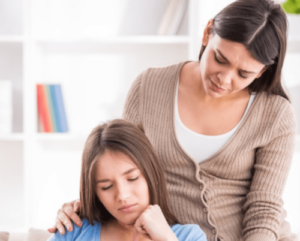The unexpected reality of intimate partner violence
Sometimes relationships are surprising and perplexing. What begins as an ideal match in the eyes of others, can be a disappointing world of nightmares….

Sometimes relationships are surprising and perplexing. What begins as an ideal match in the eyes of others, can be a disappointing world of nightmares….

When you believe your child is using drugs it is hard to know what to do. Whether you found out from another parent, a…

October is Domestic Violence Awareness Month. With this in mind, Fuller Life has created a resource page for those who wonder if their relationship…
End of content
End of content
Life’s too short to stay stuck. Request an appointment now.
Would you like to get our monthly resources for mental wellness?
